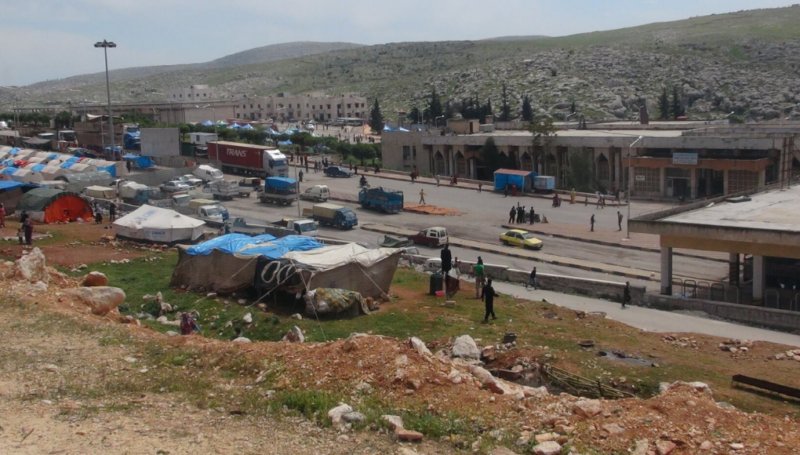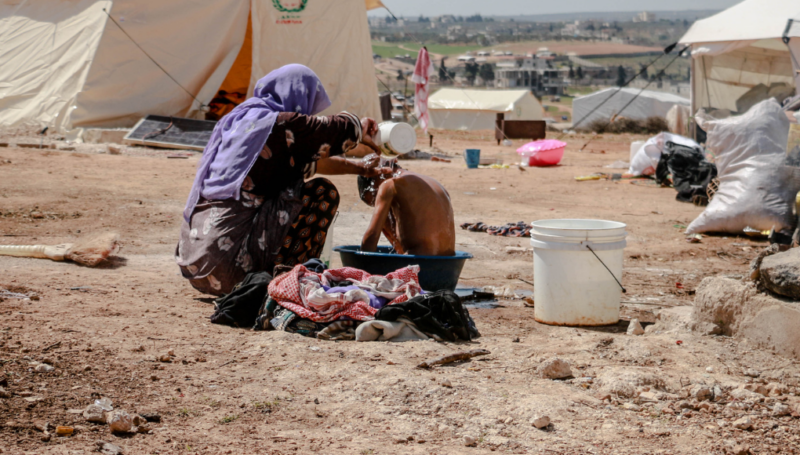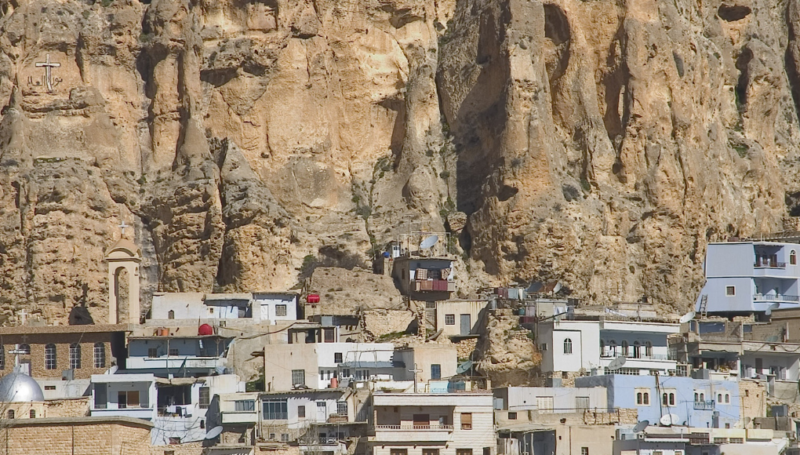Since 2014, much of Deir-ez-Zor governorate in northeast Syria has been under control of the group known as the Islamic State of Iraq and the Levant (ISIL), leading to extremely limited humanitarian access and a continuing deterioration of the humanitarian situation. As conflict has escalated in neighbouring Ar-Raqqa governorate, the risk of increased population flows as well as escalation of conflict in Deir-ez-Zor itself has led to predictions of a worsening humanitarian situation for populations in Deir-ez-Zor.
In order to provide baseline information on the humanitarian conditions across all sectors in Deir-ez-Zor and allow for ongoing monitoring of the situation, REACH, in partnership with Syria Relief Network (SRN), conducted an assessment measuring key indicators relating to freedom of movement and access, food security, water and sanitation, shelter, NFIs, education, health and protection. Primary data was collected between 1 and 4 May 2017, covering 105 of 135 communities within Deir-ez-Zor, through remote interviews with 30 Key Informants residing within Deir-ez-Zor.
REACH and SRN found that Deir-ez-Zor faced its most significant challenges across the sectors of water, sanitation and hygiene (WASH), health, education and protection. Basic WASH and health services were functioning but with extremely limited capacity. There were no functioning formal schools reported across the 105 communities interviewed, as authorities had previously attempted to establish a new schooling system which proved unpopular, and most children did not have access to other learning opportunities. In terms of protection, the proportion of children working was estimated at 46%, and females were reported being particularly vulnerable to protection incidents and risks. Additionally, across Deir-ez-Zor governorate, the deterioration of agricultural productivity and other pre-conflict industry has severely limited livelihood opportunities. Although markets were generally functioning, conflict and movement restrictions resulted in access challenges for much of the population. Furthermore, communities commonly reported a lack of affordability for both food and essential non-food items (NFIs).
The humanitarian situation was reported being particularly severe in Joura and Qosour neighborhoods in Deir-ez-Zor city, classified as besieged since January 2015. Residents faced a lack of food and core NFI items in markets due to restrictions on entry of both goods and people. Among the issues reported were also a dependence on untreated drinking water sources, such as the Euphrates River, a lack of medicine and medical equipment, no functioning schools, and heavy damage to parts of the city.
Overall, the assessment indicated that communities in Deir-ez-Zor have limited capacity to weather future shocks. With conflict escalating in nearby Ar-Raqqa, REACH will continue to monitor the situation to inform effective humanitarian planning.
Access all findings from Deir-ez-Zor Needs Assessment at this link.










